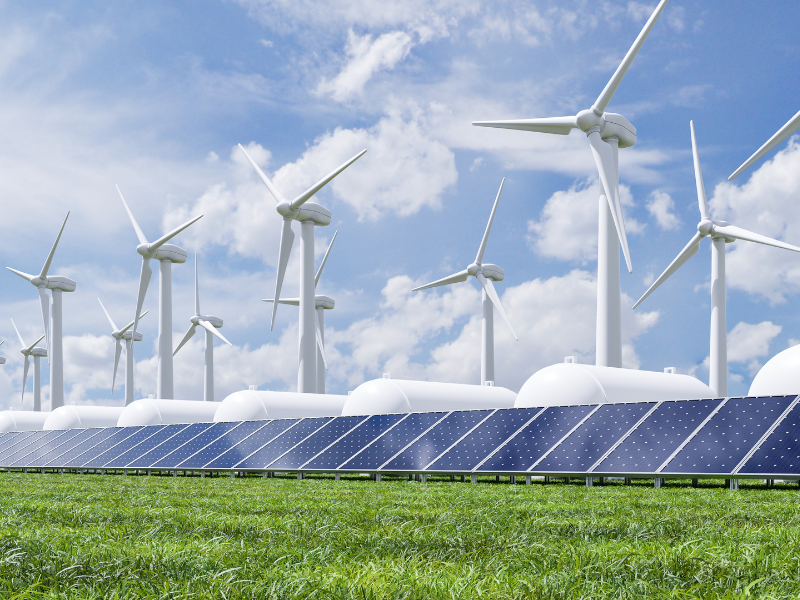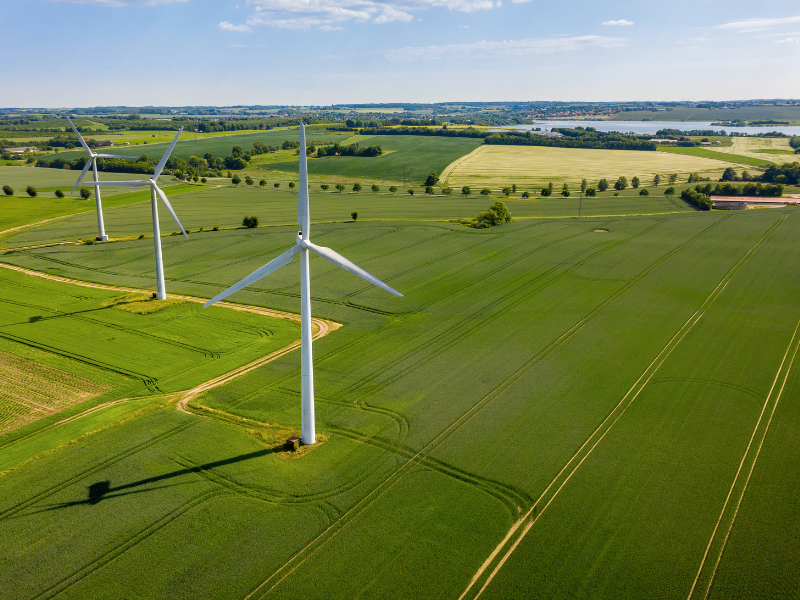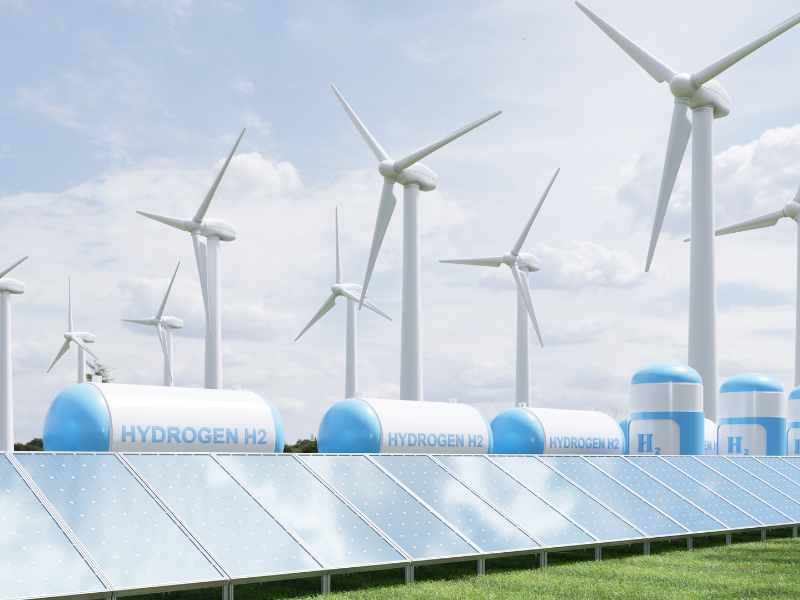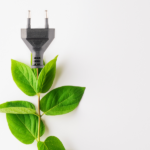Welcome to an in-depth exploration of green energy infrastructure, the backbone of sustainable energy production and distribution. In this article, we will delve into the various facets and benefits of green energy infrastructure, highlighting its importance in combating climate change and ensuring a cleaner and greener future for generations to come.
Green Energy Infrastructure: A Sustainable Solution

Green energy infrastructure encompasses the physical infrastructure and systems necessary for the production, distribution, and consumption of renewable energy sources such as solar, wind, hydropower, biomass, and geothermal energy. By replacing traditional fossil fuel power plants and transmission systems, green energy infrastructure plays a crucial role in transitioning to a low-carbon economy.
The Need for Green Energy Infrastructure
As the global demand for energy continues to rise, so does the urgency to find sustainable alternatives to traditional fossil fuels. Green energy infrastructure offers a viable solution to combat climate change, reduce greenhouse gas emissions, and preserve our planet’s resources. By transitioning from a fossil fuel-based energy system to one that relies on renewable sources, we can mitigate the adverse effects of climate change and ensure a cleaner, healthier environment for future generations.
Harnessing the Power of Renewable Energy

Renewable energy sources, such as solar and wind, have gained significant traction in recent years due to advances in technology and decreasing costs. Green energy infrastructure plays a vital role in harnessing the power of these renewable sources and ensuring their integration into the existing energy grid. By leveraging solar panels, wind turbines, and other sustainable technologies, we can tap into the abundance of clean energy available in nature.
The Role of Government in Driving Green Energy Infrastructure
Governments worldwide play a pivotal role in driving the development of green energy infrastructure. Through policies, incentives, and regulations, governments encourage investment in renewable energy projects, promote the adoption of clean technologies, and support research and development initiatives. By creating a favorable ecosystem for green energy, governments pave the way for a sustainable and resilient energy future.
Investing in Green Energy Infrastructure: Opportunities and Challenges

Investing in green energy infrastructure presents numerous opportunities for long-term economic growth, job creation, and environmental preservation. As the cost of renewable energy technologies continues to decline, investors have a unique opportunity to capitalize on this green revolution. However, challenges such as financing constraints, regulatory barriers, and the intermittency of renewable energy sources must be overcome to ensure a successful transition to green energy infrastructure.
Creating a Resilient Grid System
A robust and resilient grid system is essential for the efficient integration of green energy infrastructure. Upgrading existing transmission and distribution networks to accommodate the decentralized nature of renewable energy sources is crucial. Through smart grid technologies, advanced monitoring systems, and grid interconnections, we can optimize energy flow, minimize transmission losses, and ensure a reliable and stable power supply.
The Importance of Energy Storage in Green Infrastructure

Energy storage technologies play a critical role in green energy infrastructure by addressing the intermittent nature of renewable energy sources. Batteries, pumped hydro storage, and other innovative storage solutions enable the capture and storage of excess energy during periods of high generation. This stored energy can then be utilized during low-generation periods, ensuring a consistent energy supply and grid stability.
Green Energy Infrastructure and Job Creation
The shift towards green energy infrastructure presents significant employment opportunities across various sectors. From manufacturing and construction to operations and maintenance, the renewable energy industry drives job creation and supports local economies. Furthermore, the transition to a clean energy economy spurs innovation, fosters entrepreneurship, and cultivates a skilled workforce for the future.
Green Energy Infrastructure Projects Around the World
Green energy infrastructure projects are sprouting around the world, demonstrating the global commitment to sustainable energy development. Countries such as Germany, China, the United States, and India have made substantial investments in renewable energy projects, including solar and wind farms, hydroelectric power plants, and advanced grid systems. These projects not only reduce carbon emissions but also serve as beacons of innovation and sustainability.
Future Outlook for Green Energy Infrastructure
The future of green energy infrastructure looks promising. With advancements in technology, continued policy support, and growing public awareness, renewable energy sources are becoming increasingly competitive with fossil fuels. As more countries and communities embrace clean energy options, we can expect further developments in green energy infrastructure, paving the way for a sustainable energy future.
Frequently Asked Questions
Is green energy infrastructure only limited to solar and wind energy?
No, green energy infrastructure encompasses a wide array of renewable energy sources, including solar, wind, hydropower, biomass, and geothermal energy. The goal is to diversify our energy mix and reduce reliance on fossil fuels.
What role does green energy infrastructure play in reducing greenhouse gas emissions?
Green energy infrastructure replaces traditional fossil fuel-based power plants with renewable energy sources that produce little to no greenhouse gas emissions. By transitioning to clean energy, we can significantly reduce our carbon footprint.
How does green energy infrastructure contribute to the economy?
Green energy infrastructure drives economic growth by creating jobs, attracting investments, and fostering innovation. It also reduces dependence on costly imported fossil fuels and enhances energy security.
What are some challenges in implementing green energy infrastructure?
Challenges include financing renewable energy projects, mitigating intermittency issues, upgrading grid infrastructure, and navigating complex regulatory frameworks. However, these challenges can be overcome with the right policies and investments in research and development.
Conclusion
Green energy infrastructure is at the forefront of the global effort to combat climate change and transition to a sustainable energy future. By leveraging the power of renewable energy sources, investing in robust grid systems, and embracing energy storage technologies, we can build a cleaner, greener, and more resilient energy infrastructure. Governments, investors, and individuals alike must collaborate to drive the growth of green energy infrastructure and ensure a sustainable planet for generations to come.




